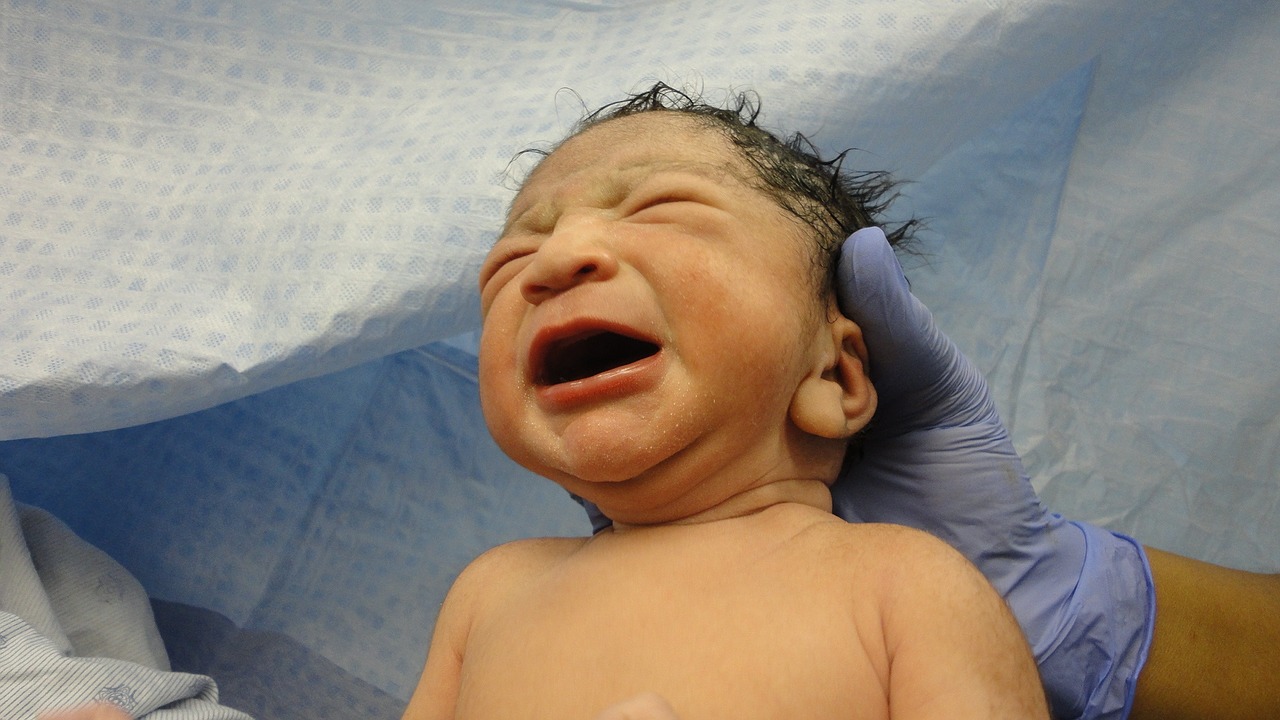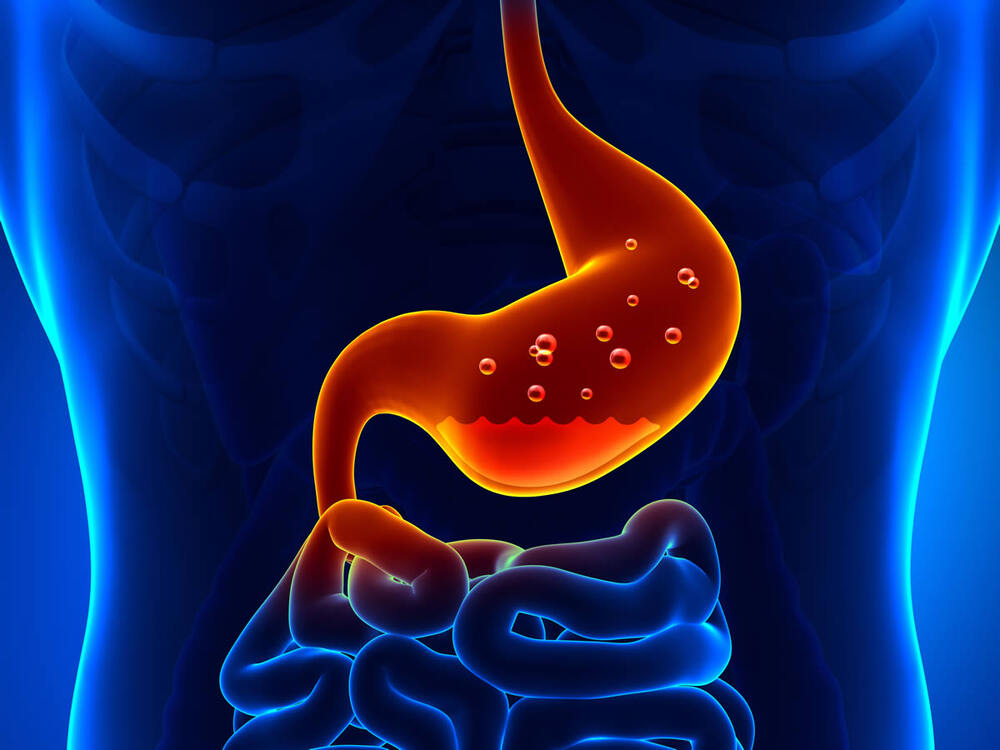In recent years, mindfulness has become a commonly used technique within clinical psychology. It is used in people with personality disorders, depression, anxiety and pain.sni
Mindfulness is the ability to be in an active, attentive and open state to the surroundings. During mindfulness, a person is able to observe his thoughts and feelings from a distance, without judging them as good or bad. Rather than letting their lives pass by, it allows the individual to live in the moment. It can be compared to as a state of meditating, whereby the individual places himself in a comfortable position and is taken through a series of exercises focusing on breathing.sni
Other techniques within mindfulness include a body scan. In this, the individual is asked to focus on a certain part of his body enabling him to ground himself. It consists of three basic components; attention, awareness and acceptance. Awareness refers to the individual’s subjective experience of internal and external sensations. Attention refers to the act of focusing on certain aspects of the experience. Acceptance refers to the ability to embrace whatever the individual faces in the present moment.sni
Mindfulness-based therapies
Over the years, mindfulness techniques have played a significant role in the new generation of psychotherapeutic interventions. Examples of mindfulness-based therapies include Mindfulness Based Stress Reduction (MSBR), Acceptance and Commitment Therapy (ACT), Dialectical Behaviour Therapy (DBT) and Mindfulness Based Cognitive Behavioural Therapy (MBCT).sni
Benefits of mindfulness-based therapies
There is a wealth of evidence-based research highlighting the benefits of these therapies. Some of the benefits include self-control, objectivity, enhanced flexibility, equanimity, improved concentration and mental clarity, emotional intelligence and the ability to enforce kindness, acceptance and compassion to oneself and others. In 2011, a study by Congleton, Hölzel and Lazar found how mindfulness can literally change the brain. In their study, participants completed an eight-week program. The results showed significant increases in density of grey matter in the brain. The positive results had impacted on at least eight different regions of the brain serving different useful properties for the individual.sni
Adverse effects
Science and research aside, mindfulness has its adverse effects. There has been an increase in the number of people searching for explanations within internet forums for advice regarding their experience of panic attacks, hearing voices or finding themselves deeper in depression through meditating. Psychologists, Miguel Farias and Catherine Wikholm, wrote in their book ‘The Buddha Pill’ about their concerns regarding lack of research surrounding the harmful effects of meditation, and referred it to the ‘dark side’ of mindfulness. The negative experiences can be described in two ways.sni
Firstly, it can be seen as a natural emotional reaction to self-exploration. During mindfulness, individuals are taught to be open and non-judgmental towards experiences about themselves, whether good or bad. This can still lead to a negative experience for the individual. The second is more severe and distressing. An individual can have an extreme experience during mindfulness like being reminded of a traumatic incident they may have repressed years ago. This can result in paranoia, delusions, confusion, mania or depressionsni
The adverse effects of this however, seem to apply within a limited number of cases. Had it been a dangerous approach to use it would not be so highly rated today by trusted organisations. However, this is not to say we should dismiss the need for further research looking into the adverse effects of mindfulness. Future research could possibly help further refine the way it is delivered and its effectiveness.sni










